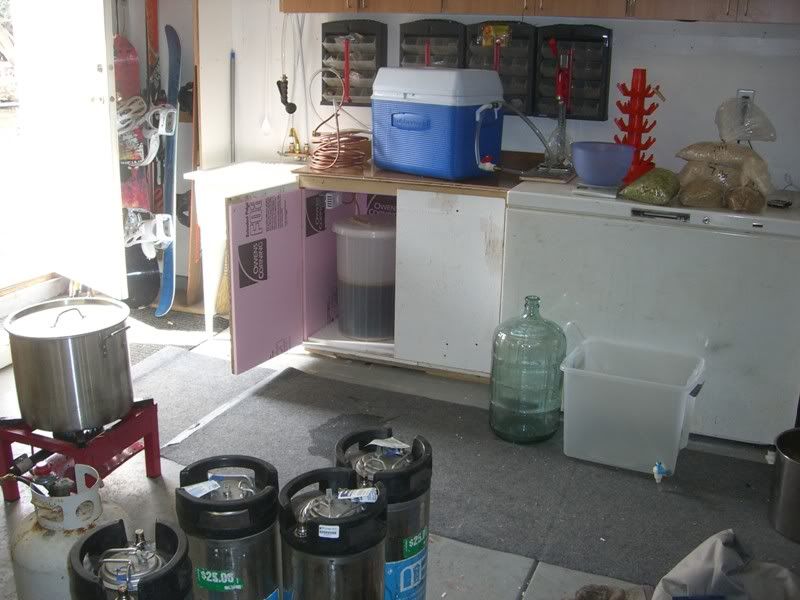amazinglarry
Well-Known Member
Hi Folks. Brewed a beer formulated after Belgian Tripel, used safale us-05. Was wondering if anyone knew if it was possible to induce a second fermentation. The beer has been already carbonated and chilled in my kegorator. Any thoughts? Thanks.



